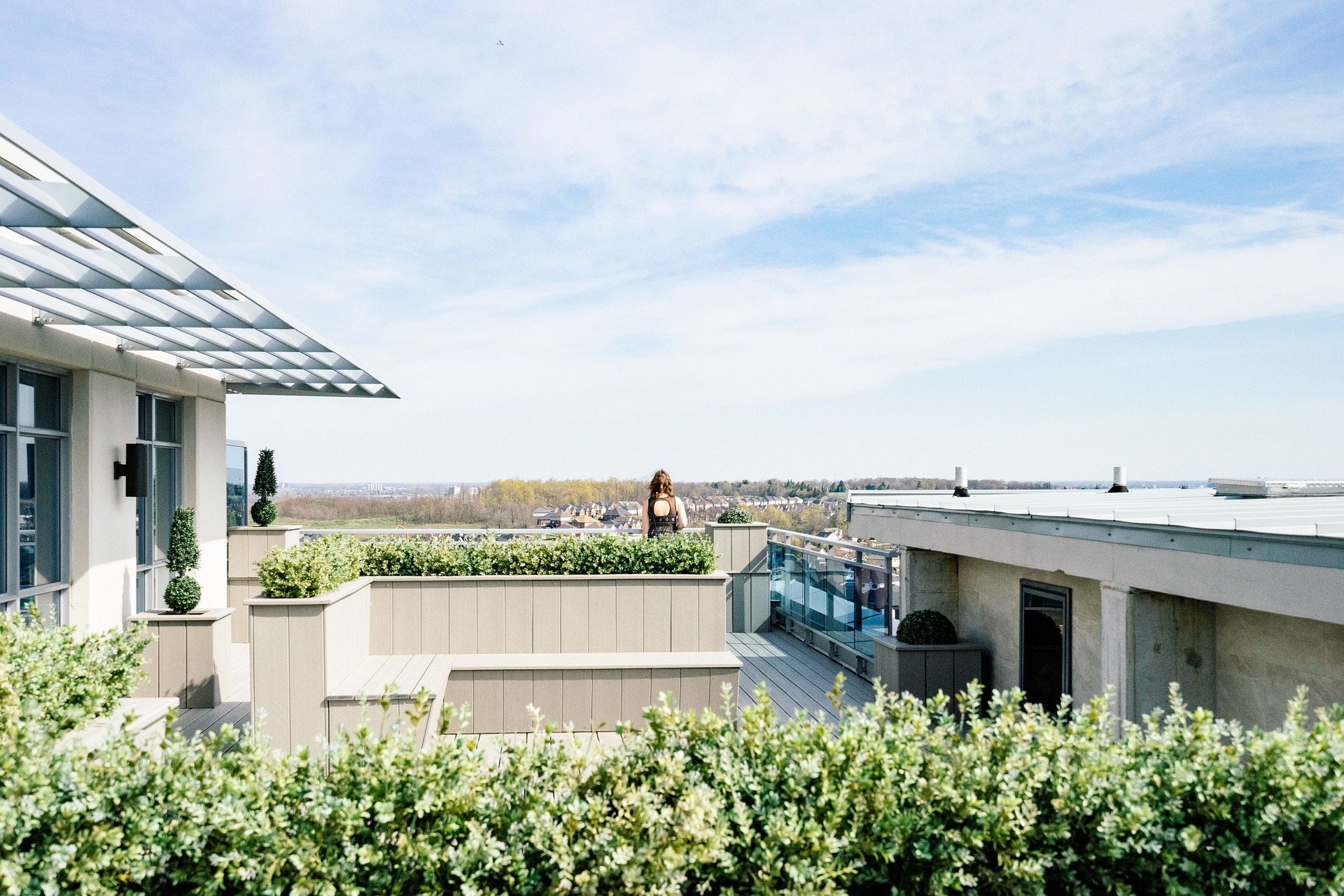As we become more conscious of our impact on the environment, we are constantly looking for ways to reduce our carbon footprint. One of the most effective ways to do this is to reduce the amount of energy we use to heat and cool our homes and buildings. Passive cooling and heating is an energy-efficient way to control your environment that is gaining popularity as more people become aware of its benefits. In this article, we will explore what passive cooling and heating are, how it works, and their advantages.
Table of Contents
ToggleWhat are Passive Cooling and Heating?
Passive cooling and heating refer to the process of using natural methods to regulate the temperature of a building without the need for mechanical or electrical systems. The goal of passive cooling and heating is to maintain a comfortable temperature in a building without relying on external energy sources.
How Does Passive Cooling and Heating Work?
Passive cooling and heating work by taking advantage of the natural properties of the building materials and the surrounding environment. For example, in hot climates, buildings can be designed to have large overhangs or shading devices that block direct sunlight from entering the building. This helps to keep the interior of the building cool by reducing the amount of solar heat gain.
In colder climates, buildings can be designed to have large south-facing windows that allow the sunlight to enter the building and warm the interior. The building can also be designed with thermal mass, such as concrete or stone floors, walls, or ceilings, that absorb the heat during the day and release it slowly at night to keep the building warm.
Advantages of Passive Cooling and Heating
Energy Efficiency: Passive cooling and heating are a highly energy-efficient ways to control your environment. It does not require the use of mechanical or electrical systems, which can consume a lot of energy and contribute to greenhouse gas emissions.
Cost Savings: Passive cooling and heating can help you save money on your energy bills. Since it does not rely on external energy sources, the cost of maintaining a comfortable temperature in your building is significantly lower than traditional heating and cooling systems.
Improved Indoor Air Quality: Traditional heating and cooling systems can contribute to poor indoor air quality by circulating pollutants and allergens. Passive cooling and heating, on the other hand, uses natural ventilation to improve indoor air quality.
Durability: Passive cooling and heating systems require little maintenance and have a longer lifespan than traditional heating and cooling systems. This makes them a cost-effective and durable solution for controlling your environment.
Passive Cooling and Heating Strategies
Natural Ventilation: Natural ventilation is the process of using openings in a building, such as windows or vents, to allow fresh air to circulate through the building. This helps to improve indoor air quality and reduce the need for mechanical ventilation systems.
Shading Devices: Shading devices, such as overhangs or louvers, can be used to block the direct sunlight from entering the building. This helps to reduce the amount of solar heat gain and keep the interior of the building cool.
Thermal Mass: Thermal mass refers to materials that can absorb and store heat, such as concrete or stone. These materials can be used to keep the building warm in colder climates by absorbing heat during the day and releasing it slowly at night.
Insulation: Insulation is an important part of passive cooling and heating. It helps to reduce heat transfer between the inside and outside of the building, which can help to keep the building cool in hot climates and warm in cold climates.
Conclusion
Passive cooling and heating is a highly effective and energy-efficient way to control your environment. By using natural methods to regulate the temperature of your building, you can reduce your carbon footprint, save money on your energy bills, and improve your indoor air quality. Passive cooling and heating is also a durable and cost-effective solution for controlling your environment, as it requires little maintenance and has a longer lifespan than traditional heating and cooling systems.
Passive cooling and heating strategies, such as natural ventilation, shading devices, thermal mass, and insulation, can be used to maintain a comfortable temperature in a building without relying on external energy sources. By implementing these strategies, you can significantly reduce your energy consumption and contribute to a more sustainable future.
In conclusion, passive cooling and heating is an effective and eco-friendly ways to control the temperature of your building. It is a sustainable solution that can help you save money on your energy bills while reducing your carbon footprint. By incorporating passive cooling and heating strategies into your building design, you can create a comfortable and environmentally-friendly living or working space








1 thought on “Passive Cooling and Heating: An Energy-Efficient Way to Control Your Environment”
Pingback: Eco-Friendly House Cooling Options: Beat the Heat Without Harming the Planet - Sustainability Awakening